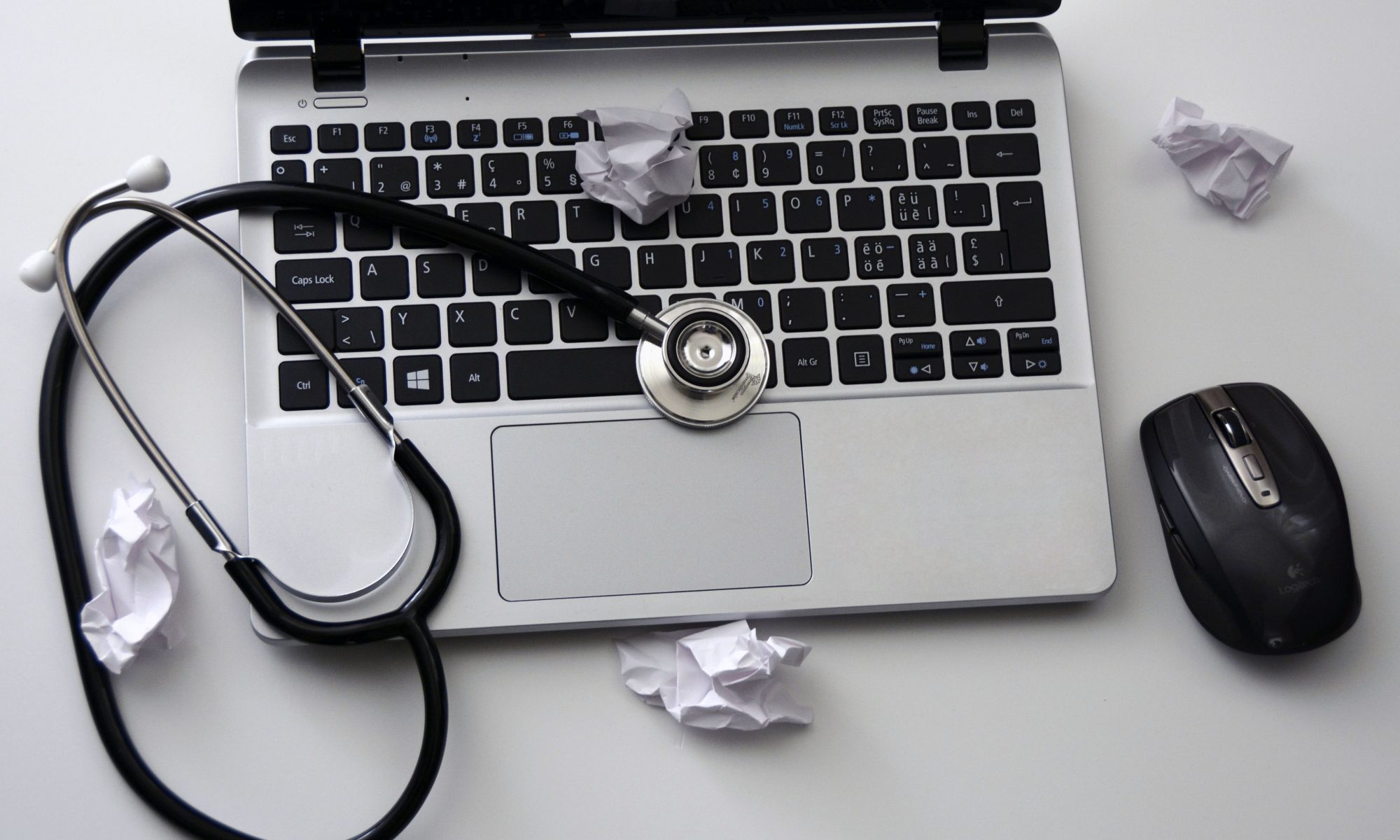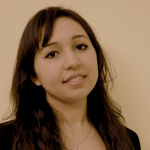Dr. Nancy Todes-Taylor from Australia presented a session at the Generational DermatologyTM Palm Springs Symposium titled, “Physician Burnout…The Next Chapter.” Her presentation was one of the most interesting and applicable lectures I have ever been to in my career. She is originally from New York, practiced in Northern California for many years, and currently lives and practices in Sydney. She was admitted as a fellow to the Australasian College of Dermatology.
She began her presentation with an interesting quote: “The practice of medicine is an art, not a trade; a calling, not a business; a calling in which your heart will be exercised equally with your head.”
She identified typical symptoms of burnout as exhaustion, physical fatigue, cognitive weariness, disengagement, sleep disturbance and low mood, describing the core component of all burnout as exhaustion. The Maslach Burnout Inventory found that burnout has a very strong relationship to job demands, which are quite high in physicians. Burnout in the medical profession is a crisis of national proportions. According to the facts presented, suicide in the medical profession is 1.4 times greater than the general population, while suicide in female physicians is greater than 2 times that of the general population. Suicide and burnout are highly correlated in the medical profession. Studies have also found that burnout affects doctors at all stages of their professional development including medical students, residents and practicing physicians; though it varies by specialty and gender. Burnout is also found to be associated with increased substance abuse.
A study of over 4,000 medical students from 7 medical schools demonstrated that 50% of students experience burnout, and approximately 10% experience suicidal ideation in medical school. Burnout in residency has been receiving increasingly more attention second to job performance and patient care. Burnout in residency varies by specialty and can be as high as 75%. It is associated with depression, medical errors, a decrease in patient safety, decreased communications & rapport, and has an impact on complex decision-making.
At the level of a practicing physician, burnout can include: cynicism, negative attitude towards patients, exhaustion, and a desire to quit practicing medicine. These have been reported in up to 50% of practicing physicians, some of whom may suffer in silence and be afraid to seek help due to fears of impacting their license. For example, a study of over 7,000 surgeons showed that 9% made a major medical error in the past 3 months, which they felt was strongly related to burnout and the quality of life they were experiencing.
Contributing factors to physician burnout include time demands, lack of control, poor work planning, difficult job situations, difficult relationships, financial stress and student debt. The adoption of the electronic health record in the US has also reduced the amount of time doctors are able to spend with patients. The use of EHRs has resulted in having to continue the workday before & after clinic hours, leading to decreased family time and a devaluation of compensation. In 2016, the AMA & Dartmouth- Hitchcock Healthcare System found that approximately half of each workday was spent on EHR data entry and administrative work, and only 27% of MD time was spent on direct clinical care.
A Medscape lifestyle report in 2017 surveyed 14,000 physicians and found physicians were experiencing too many bureaucratic tasks, too many hours at work, and increased computerization at practice. No specialty is immune from experiencing burnout, but general surgery, cardiology, and pediatrics have increasing burnout rates. Emergency medicine has the highest burnout rate at 60%.
Strategies to avoid burnout include daily practices such as mindfulness, time management, changing work schedules, going part-time, “just saying no,” and knowing your worth. Workplace intervention can include education and workplace counseling. Physician wellness programs, exercise, taking care of yourself and community support are also important strategies to stay healthy and sane. There are online tools and mobile apps which can also help with time management and wellness.
Dr. Todes-Taylor ended with the following words: “be in the moment,” a memorable and meaningful saying from her mother, Anita, who worked as a guidance counselor in the Bronx for 35 years. Taking note of small, free things such as a beautiful sunset or a beautiful view are also ways to appreciate the moment and put stress aside.
Last but not least, she suggests reminding yourself of the meaning of your profession – volunteer, find a supportive community, find another environment you can unwind in, consider a sabbatical, make yourself stretch and reinvigorate your intellectual curiosity.


